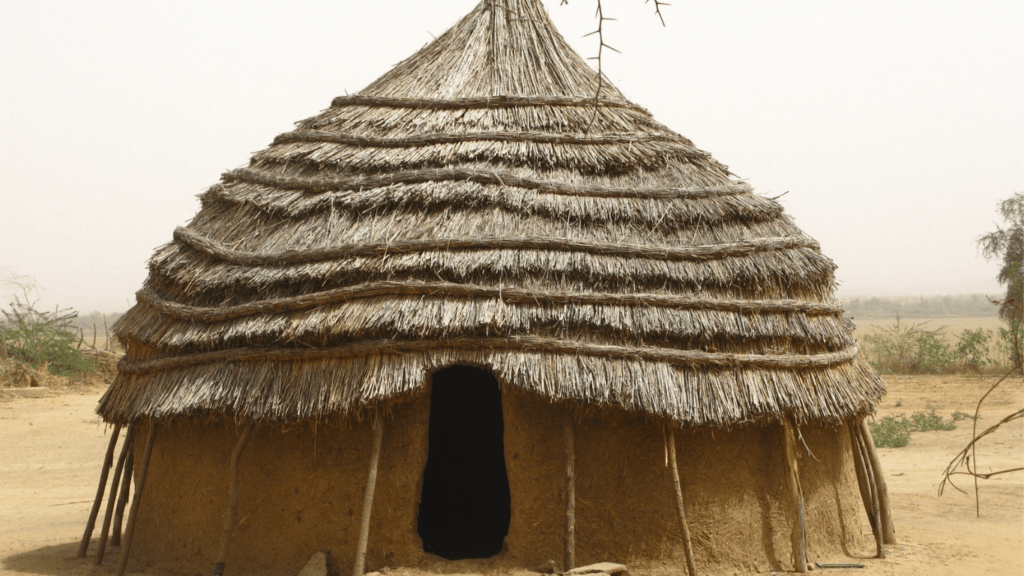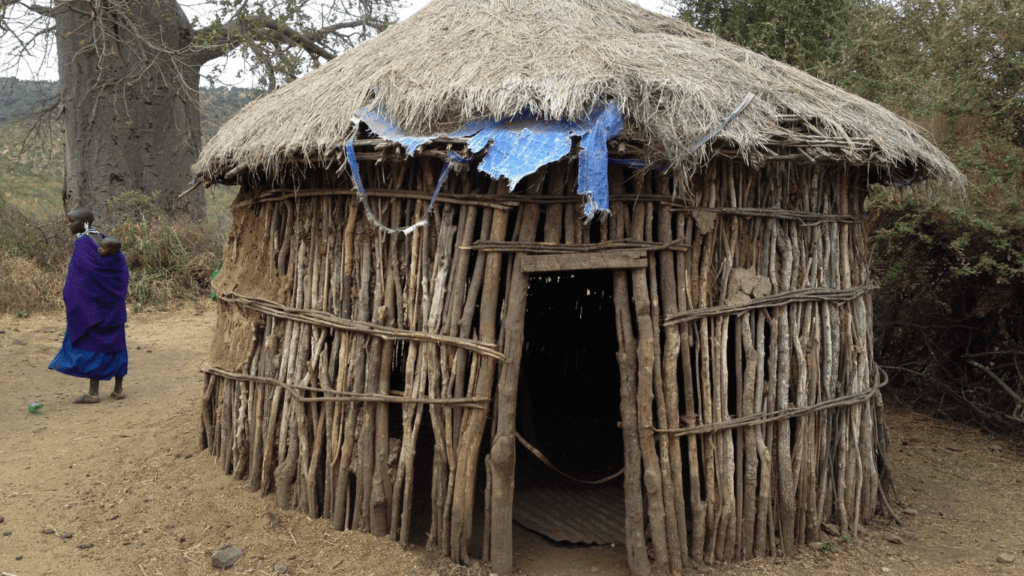Understanding Basic Shelter Needs
Building a shelter in the forest requires understanding a few basic needs to ensure safety and comfort. These needs consist of protection, insulation, and ventilation.
- Protection: The shelter must protect from elements like rain, wind, and wildlife. Choose a location away from hazards such as falling branches and potential flood zones.
- Insulation: Maintaining body heat is crucial, especially in colder environments. Use natural materials like leaves, grass, and pine needles for insulation. For example, layering leaves between branches increases insulation.
- Ventilation: Proper airflow prevents condensation and helps regulate temperature. Ensure your shelter has small openings to allow for ventilation without compromising warmth.
Meeting these needs provides a solid foundation for building an effective and secure forest shelter.
Choosing the Right Location
Selecting the ideal location for your forest shelter is essential. It impacts your safety, comfort, and overall survival experience.
Assessing the Environment
I start by evaluating the area for natural resources. Look for nearby water sources like streams or rivers, but not too close to avoid flooding. Ensure there’s ample availability of materials like branches, leaves, and grass for the shelter. Examine the terrain to find relatively flat and dry ground that won’t collect water quickly. Avoid areas with excess vegetation that may house insects or snakes.
Avoiding Hazards
It’s crucial to identify potential dangers in the area. I avoid places prone to avalanches, rockslides, or where dead trees (widowmakers) might fall. Check for animal tracks or signs, and stay away from their paths or dens. Be mindful of low-lying areas where cold air or water tends to accumulate, and steer clear of isolated clearings where lightning may strike during storms. Instead, select a spot with some tree cover for protection.
Gathering Materials
Gathering materials is a crucial step in building a shelter in the forest. By selecting the right natural and man-made materials, you can ensure your shelter will be sturdy and provide the necessary protection from the elements.
Natural Materials
Natural materials are essential for constructing a forest shelter. They are often readily available and serve various purposes. Here’s a list of useful natural materials:
- Branches: Use thick, sturdy branches for the main frame. Thin branches can serve as supports or lashings.
- Leaves: Gather leaves for insulation. This material helps retain heat inside the shelter.
- Pine Needles: Use pine needles for bedding or extra insulation due to their water-repellent properties.
- Bark: Tree bark serves as waterproofing; place it over the frame to shield against rain.
- Grass: Plentiful grass can be used for bedding or extra insulation layers.
Man-Made Materials
In addition to natural materials, man-made materials can enhance the durability and comfort of your shelter. These materials may not always be available in the wild, but if they are, here’s how to use them:
- Tarps: Utilize tarps for waterproofing. Spread them over the shelter frame to keep water out.
- Paracord: Use paracord for tying branches together. It’s strong and easy to carry.
- Duct Tape: Duct tape can mend tears and secure various elements together.
- Plastic Sheeting: Use plastic sheeting for an additional waterproof layer.
- Cloth and Fabrics: Extra clothing, blankets, or fabric pieces provide insulation and comfort.
Each type of material, whether natural or man-made, plays a specific role in creating an effective shelter. By combining these resources efficiently, you can maximize the shelter’s effectiveness in providing safety and comfort.
Shelter Types and Designs

Understanding different shelter types and designs can help you choose the best option for your situation. Here, I’ll cover three commonly used forest shelter types.
Lean-To Shelter
A Lean-To Shelter is one of the simplest and quickest structures to build in the forest. Begin by finding a sturdy branch or pole for the central support. Lean branches against this support at a 45-degree angle, making sure they are close together to provide insulation and protection. Cover the structure with leaves, pine needles, or any available foliage to enhance insulation. If available, use a tarp or plastic sheeting to waterproof the shelter. This design is effective for shielding against wind and can be constructed in about an hour, depending on the materials at hand.
A-Frame Shelter
An A-Frame Shelter offers more stability and protection compared to a Lean-To. Start by anchoring two branches into the ground in the shape of an “A.” Place a horizontal branch across the top to form the frame’s apex. Lean smaller branches against each side, creating a tent-like structure. Cover the frame with leaves, branches, and other natural materials to improve insulation. In wet climates, adding a tarp over the frame provides added waterproofing. The A-Frame Shelter is ideal for long-term survival since it provides excellent protection against wind, rain, and snow.
Debris Hut
A Debris Hut provides insulation and is ideal for cold weather conditions. Begin by selecting a strong ridgepole and secure it between two stable points, such as trees or forked branches. Lean smaller branches against both sides of the ridgepole, forming a triangular frame. Pile leaves, grass, pine needles, and other debris over the structure until it’s well-insulated. The thickness of the debris layer should be at least 12 inches for adequate insulation. Create a small entrance, ensuring it’s narrow to minimize heat loss. The Debris Hut can take a few hours to construct but provides exceptional warmth and protection.
By understanding these shelter types and designs, you can decide which option best fits your environment and available resources.
Step-by-Step Building Process
Building a forest shelter involves several essential steps. I’ll guide you through each stage to ensure a sturdy and safe structure.
Clearing the Area
First, clear the designated area for your shelter. Remove any debris such as rocks, branches, and leaves. Ensure the ground is level; if it’s not, remove soil from high areas and fill in low spots. If you find any large roots that could interfere, cut them out.
Laying the Foundation
Next, lay the foundation, which provides a solid base for your shelter. Use strong, straight branches or logs to create a stable frame. Position them in a rectangular or circular shape depending on your chosen shelter type. Ensure they’re firmly embedded in the ground or anchored with rocks for stability.
Constructing the Frame
After the foundation, construct the frame. For a Lean-To Shelter, position a large branch horizontally between two trees. Attach smaller branches at an angle to create a sloped roof. For an A-Frame Shelter, form a triangle with branches and lay additional branches along the sides to complete the frame. The Debris Hut requires a central ridge pole supported by two sturdy side branches; then, lean smaller branches against the ridge pole at an angle.
Adding Insulation and Roofing
Finally, add insulation and roofing to enhance protection. Use natural materials like leaves, pine needles, and grass for insulation. Cover the shelter with layers of these materials to trap heat. For the roofing, use bark, large leaves, or plastic sheeting to create a waterproof layer. Secure everything with rocks, twine, or vines to prevent displacement.
By following these steps, you’ll construct a durable and protective forest shelter.
Essential Tools and Equipment
To build a reliable shelter in the forest, having the right tools and equipment is essential. I’ll cover the basic and advanced tools to make the construction process smoother and more efficient.
Basic Tools
Certain basic tools are necessary for anyone looking to build a shelter. These tools assist in cutting, digging, and assembling materials.
- Knife: A durable, sharp knife is crucial for cutting branches, rope, and other materials. Look for a knife with a fixed blade for added strength.
- Axe or Hatchet: An axe or hatchet helps in chopping wood and clearing larger branches. It’s useful for making stakes and poles.
- Saw: A folding saw can cut through thicker branches or logs more easily than a knife or hatchet.
Advanced Tools
Advanced tools can enhance the efficiency and quality of your shelter building. While not always necessary, they provide additional functionalities.
- Paracord: Paracord is strong, versatile, and lightweight. Use it to secure structures and tie materials together.
- Tarp: A tarp provides instant waterproofing and can be used as a roof or ground cover. It adds an extra layer of protection against the elements.
- Multitool: A multitool combines several functions like pliers, screwdrivers, and cutters into one compact device. It’s useful for handling various small tasks.
Equip yourself with these tools to improve your chances of constructing an effective and durable shelter in the forest.
Tips for Staying Safe and Warm
Keeping safe and warm in the forest shelter is essential for survival, so follow these tips carefully. Choose a spot shielded from wind while maximizing sunlight exposure by setting up near tree lines but not directly under large branches. Use an insulating layer of leaves, pine needles, or grass between you and the ground to retain body heat. Add extra layers to your clothing and pack thermal blankets if possible.
Constructing a small, compact shelter helps contain body heat more effectively. Smaller shelters reduce the amount of space to warm up, which is practical when temperatures plummet. Insulate the exterior of your shelter with thick layers of natural materials like moss, leaves, or even snow for added warmth. Ensure your entrance is minimal or can be covered during the night to prevent heat loss.
Using a fire effectively can provide warmth and safety. Build a fire pit close to your shelter but at a safe distance to avoid any risk of it catching fire. Reflective materials, such as a reflective space blanket, can direct the fire’s heat into your shelter. Keep firewood dry and close for easy access, and always have a method to extinguish the fire quickly.
Maintaining safety from wildlife is crucial. Store food away from your sleeping area to avoid attracting animals. Use hanging bags or food storage canisters. Keep a whistle or other noise-making device handy to scare off potential threats. Regularly inspect your surroundings for signs of animals and avoid areas with fresh tracks or droppings.
Lighting and visibility are also important. Use headlamps or flashlights with extra batteries to navigate safely at night. Reflective tapes or markers can help find your way back to the shelter in low light conditions. If possible, set up your shelter near natural landmarks like large boulders or distinctive tree clusters to easily locate it.




